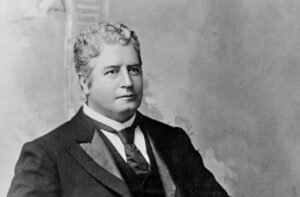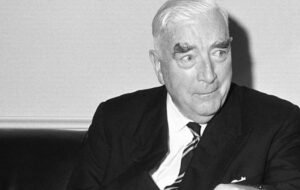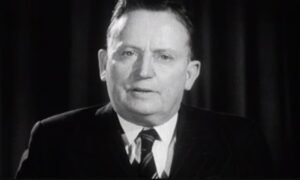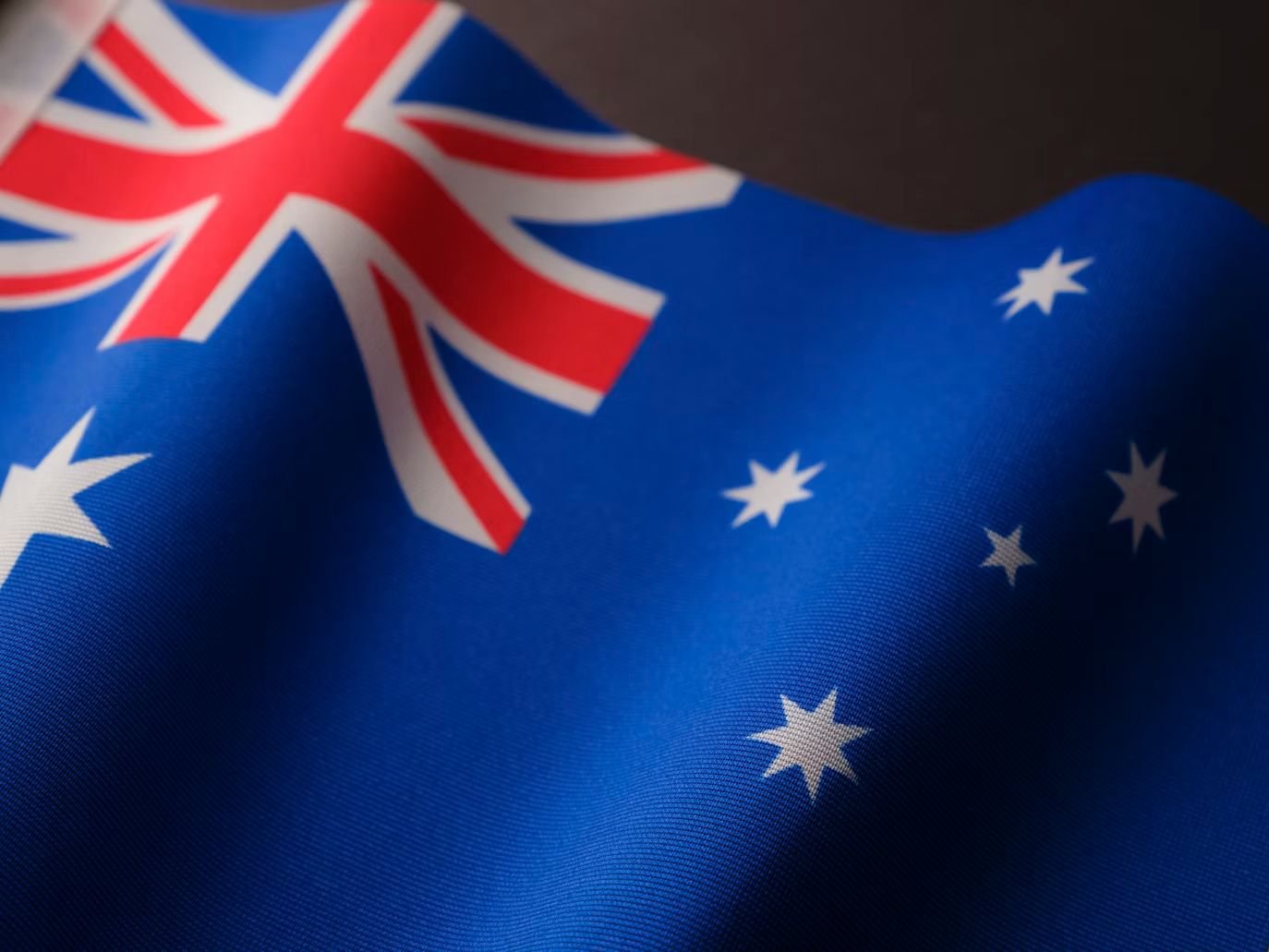NOTE: Australia does not have a president. Australia has a prime minister as the head of government and a governor-general representing the monarch as head of state.
There are ongoing debates about whether Australia should become a republic with an Australian president, but this has not been implemented.
READ ALSO: Complete List Of All The Captains Regent Of San Marino
Here is a list of all Prime Ministers of Australia:
No. | Name | Term Start | Term End | Length | Party |
|---|---|---|---|---|---|
1 | Edmund Barton | 1 Jan 1901 | 24 Sep 1903 | 2 years, 8 months, 24 days | Protectionist |
2 | Alfred Deakin | 24 Sep 1903 | 27 Apr 1904 | 7 months, 4 days | Protectionist |
5 Jul 1905 | 13 Nov 1908 | 3 years, 4 months, 9 days | Protectionist |
||
2 Jun 1909 | 29 Apr 1910 | 10 months, 28 days | Liberal |
||
3 | John Christian Watson | 27 Apr 1904 | 17 Aug 1904 | 3 months, 21 days | Labor |
4 | George Reid | 18 Aug 1904 | 5 Jul 1905 | 10 months, 18 days | Free Trade |
5 | Andrew Fisher | 13 Nov 1908 | 2 Jun 1909 | 6 months, 21 days | Labor |
29 Apr 1910 | 24 Jun 1913 | 3 years, 1 month, 26 days | Labor |
||
17 Sep 1914 | 27 Oct 1915 | 1 year, 1 month, 11 days | Labor |
||
6 | Joseph Cook | 24 Jun 1913 | 17 Sep 1914 | 1 year, 2 months, 25 days | Liberal |
7 | Billy Hughes | 27 Oct 1915 | 14 Nov 1916 | 1 year, 18 days | Labor |
14 Nov 1916 | 9 Feb 1923 | 6 years, 2 months, 26 days | Nationalist |
||
8 | Stanley Bruce | 9 Feb 1923 | 22 Oct 1929 | 6 years, 8 months, 14 days | Nationalist |
9 | James Scullin | 22 Oct 1929 | 6 Jan 1932 | 2 years, 2 months, 15 days | Labor |
10 | Joseph Lyons | 6 Jan 1932 | 7 Apr 1939 | 7 years, 3 months, 2 days | United Australia |
11 | Earle Page | 7 Apr 1939 | 26 Apr 1939 | 19 days | Country |
12 | Robert Menzies | 26 Apr 1939 | 28 Aug 1941 | 2 years, 4 months, 3 days | United Australia |
19 Dec 1949 | 26 Jan 1966 | 16 years, 1 month, 8 days | Liberal |
||
13 | Arthur Fadden | 29 Aug 1941 | 7 Oct 1941 | 39 days | Country |
14 | John Curtin | 7 Oct 1941 | 5 Jul 1945 | 3 years, 8 months, 29 days | Labor |
15 | Frank Forde | 6 Jul 1945 | 13 Jul 1945 | 7 days | Labor |
16 | Ben Chifley | 13 Jul 1945 | 19 Jun 1951 | 5 years, 11 months, 6 days | Labor |
17 | Robert Menzies | 19 Dec 1949 | 26 Jan 1966 | 16 years, 1 month, 8 days | Liberal |
18 | Harold Holt | 26 Jan 1966 | 19 Dec 1967 | 1 year, 10 months, 24 days | Liberal |
19 | John McEwen | 19 Dec 1967 | 10 Jan 1968 | 22 days | Country |
20 | John Gorton | 10 Jan 1968 | 10 Mar 1971 | 3 years, 2 months | Liberal |
21 | William McMahon | 10 Mar 1971 | 5 Dec 1972 | 1 year, 8 months, 26 days | Liberal |
22 | Gough Whitlam | 5 Dec 1972 | 11 Nov 1975 | 2 years, 11 months, 6 days | Labor |
23 | Malcolm Fraser | 11 Nov 1975 | 11 Mar 1983 | 7 years, 4 months | Liberal |
24 | Bob Hawke | 11 Mar 1983 | 20 Dec 1991 | 8 years, 9 months, 10 days | Labor |
25 | Paul Keating | 20 Dec 1991 | 11 Mar 1996 | 4 years, 2 months, 21 days | Labor |
26 | John Howard | 11 Mar 1996 | 3 Dec 2007 | 11 years, 8 months, 22 days | Liberal |
27 | Kevin Rudd | 3 Dec 2007 | 24 Jun 2010 | 2 years, 6 months, 21 days | Labor |
27 Jun 2013 | 18 Sep 2013 | 2 months, 22 days | Labor |
||
28 | Julia Gillard | 24 Jun 2010 | 27 Jun 2013 | 3 years, 4 days | Labor |
29 | Tony Abbott | 18 Sep 2013 | 15 Sep 2015 | 1 year, 364 days | Liberal |
30 | Malcolm Turnbull | 15 Sep 2015 | 24 Aug 2018 | 2 years, 11 months, 10 days | Liberal |
31 | Scott Morrison | 24 Aug 2018 | 23 May 2022 | 3 years, 8 months, 30 days | Liberal |
32 | Anthony Albanese | 23 May 2022 | Incumbent | - | Labor |
Who Was Australia’s First Minister?

Australia’s first Prime Minister was Edmund Barton, serving as Prime Minister from 1901 to 1903. Barton was born in 1849 and was a very popular figure in Australia’s history.
He helped make Australia a united country by leading the movement for the Australian Federation. Barton was a member of the New South Wales Legislative Council and the Legislative Assembly.
He was also a lawyer and had a successful legal career. In the 1890s, Barton played a part in the conventions that helped to write the Australian Constitution.
This Constitution set the rules for how Australia would be governed. Barton led the Protectionist Party, which was one of the main political parties of the time.
When Barton became Prime Minister in 1901, Australia was just starting as a new country. His job was to set up the new government and its institutions. He appointed the first federal ministers and judges. For example, he appointed Alfred Deakin as Attorney-General.
Barton also led Australia’s team to the 1902 Colonial Conference in London, which was important for Australia’s relationship with other countries.
Even though Barton achieved a lot as Prime Minister, his time in office was short. He resigned in 1903 to become a judge on the High Court of Australia, and he passed away In 1920.
READ ALSO: Complete List Of Presidents Of The Dominican Republic
Who Was The First Female Prime Minister In Australia?

Julia Gillard was the first woman to become the Prime Minister of Australia. She made history by taking office on June 24, 2010.
Julia was born on September 29, 1961, in Barry, Wales. In 1966, when she was just five years old, she and her family moved to Australia.
Her parents were very involved in progressive politics, which influenced Julia’s career in politics. Julia Gillard studied at the University of Adelaide, where she took courses in arts and law.
During her time at university, she got involved in student politics. In 1979, she joined the Australian Labor Party (ALP).
Her passion for politics grew, and she became the national president of the Australian Union of Students. After graduating, she worked at the law firm Slater and Gordon, where she specialized in industrial law.
In 1998, Julia was elected to the House of Representatives as the member for Lalor. She was the first female member of the Victorian ALP to win a safe federal seat.
Julia quickly rose through the ranks of the party, taking on different roles, including shadow minister for immigration and health.
In 2006, she became the Deputy Leader of the ALP under Kevin Rudd. When the ALP won the government in 2007, Julia became Australia’s first female Deputy Prime Minister.
Julia Gillard’s time as Prime Minister began when Kevin Rudd was removed from office in 2010. She was sworn in by Governor-General Quentin Bryce, marking a historic moment as both the Prime Minister and Governor-General were women.
Julia led a minority government and had to work with independent members of parliament to pass laws. During her time in office, Julia Gillard made several important changes.
She helped create the National Disability Insurance Scheme (NDIS), made changes to education funding, and introduced plain packaging for tobacco products. Also, she focused on gender equality and social issues.
One of her most famous moments was her “misogyny speech” in 2012, where she spoke out against sexism in politics and society, which brought her international recognition.
However, Julia Gillard’s time as Prime Minister ended on June 27, 2013, when Kevin Rudd took over after a leadership challenge.
Although her time in office was not very long, she made a lasting impact as a pioneer for women in Australian politics.
READ ALSO: Complete List Of Presidents Of Malta
Longest Serving Australian Prime Minister

The longest-serving Prime Minister of Australia is Sir Robert Menzies, who was in office for a total of 18 years and 163 days.
Sir Robert Menzies served as Prime Minister in two separate periods. His first term was from April 26, 1939, to August 29, 1941.
This term lasted for 2 years and 125 days. He came to power at a time when World War II was starting to affect Australia.
During this period, he had to handle many issues related to the war and Australia’s military efforts. Unfortunately, he struggled to keep enough support in Parliament and had to step down in 1941.
After his resignation, he spent several years not in power. Menzies made a comeback in December 1949, and he became Prime Minister again and stayed in office until January 26, 1966.
This second term lasted for 16 years and 38 days, making it the longest continuous term ever in Australian history. Menzies started his first term during a tough time with World War II getting worse.
Under Menzies, the government made many important reforms. These included improvements in education, health, and infrastructure.
He was known for his strong speeches and effective communication skills in Parliament. Despite his many achievements, Menzies also faced criticism.
Some people did not agree with his policies on communism and immigration, and his government had its share of controversies. Nevertheless, his record as the longest-serving Prime Minister is significant.
He left a lasting impact on Australian politics and is still remembered and studied today. Menzies retired from politics on January 26, 1966, which is also Australia Day.
READ ALSO: List Of Presidents Of Morocco (1955-Present)
Who Is The Shortest Serving Prime Minister Of Australia?

The shortest-serving Prime Minister of Australia is Frank Forde, having spent only eight days in July 1945. Forde took office after the death of John Curtin, who had been Prime Minister since 1941.
Curtin was an important leader during World War II and was very well respected. However, Forde became Prime Minister on July 6, 1945.
This was a very sad time because Curtin had passed away from heart disease. During his very short time as Prime Minister, Forde’s main duties were to honor and remember Curtin.
He went to Perth with Curtin’s widow, Elsie, for the state funeral. This was a big event, and Forde spent much of his time dealing with the arrangements.
Forde’s time as Prime Minister was very brief because the Labor Party needed to choose a new leader. The Labor Party had internal struggles, and Forde was not the party’s first choice for the role.
Just a week after he became Prime Minister, on July 13, 1945, Forde lost a vote to choose a new leader. Ben Chifley won the vote and became the new Prime Minister.

